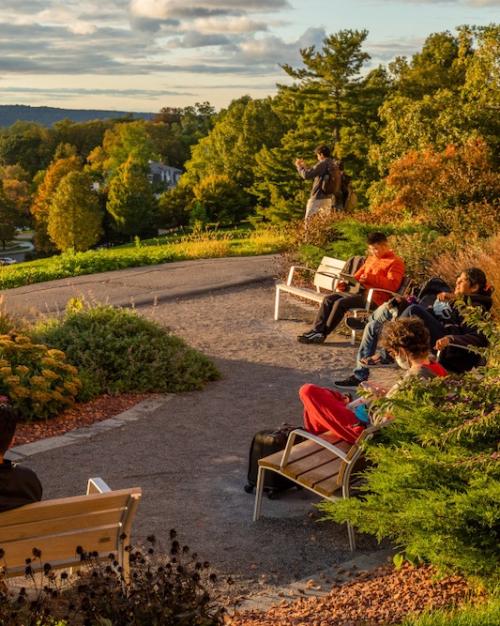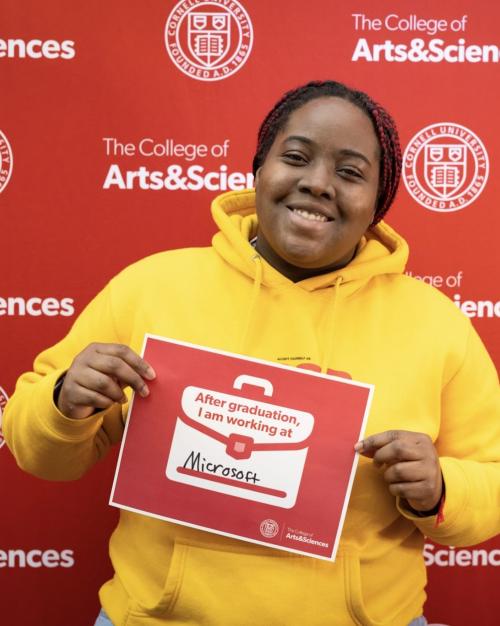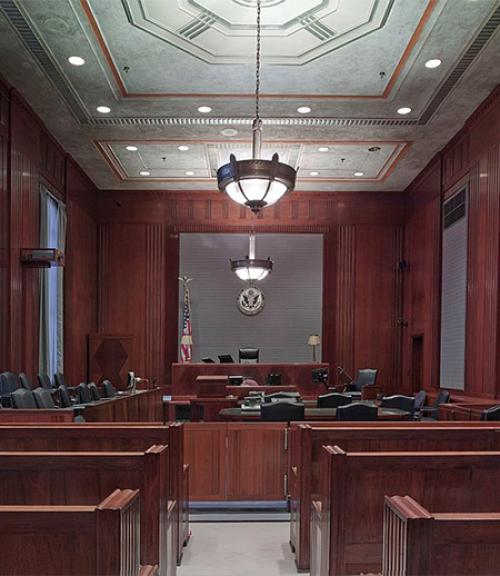This is an episode in the “What Makes Us Human?” podcast from Cornell University’s College of Arts & Sciences, showcasing the newest thinking from across the disciplines about what it means to be human in the twenty-first century. Featuring audio essays written and recorded by Cornell faculty, the series releases a new episode each Tuesday through the fall.
The law plays a role in the social construction of what it means to be human. The stakes are high, especially for those, like the Indigenous Peoples of North America, whose bodies and cultures have been both humanized and dehumanized through law.
I am not myself Indigenous. My British and Ukrainian ancestors came to Canada at the turn of the last century. I grew up in the lower mainland of British Columbia on traditional Stó:lõ territory, traveling frequently to the Gulf Islands—Songhees territory—where my maternal grandparents lived. But one of my brothers is Indigenous, adopted by my parents in 1971. His adoption put my family in the middle of a complicated story of loss, not only from his perspective, but from the perspective of his birth parents, his people(s), and broader Indigenous communities. It is this fact more than any other that motivated me to learn about Aboriginal histories and cultures and, now, to consider how they interact with the law and our understandings of humanity.
In law, we extend human-like rights or protections to non-human beings by giving them attributes associated with humanness, such as volition, vitality, morality, spirituality, and social-connectedness. In New Zealand, both a national park and a large river have been recognized as persons under the law as part of recent treaty settlements. ‘They’ are now entitled to a range of human rights. In the United States, courts have protected the religious freedom of for-profit corporations on the basis of their status as persons.
Conversely, humans can be made un-human through law by emphasizing ‘nonhuman’ or ‘net-yet-human’ qualities commonly associated with things, objects, or children. More, humans can be dehumanized for some purposes and humanized for others. Each slave in the antebellum United States, for example, was counted as 3/5 of a person for the census but as a non-person when it came to voting or getting married or owning property. Once a group of beings has been rendered un-human or less than human, a stereotypical label commonly associated with them—such as ‘savages’ in the case of First Peoples—may be used to dehumanize others.
I have been researching the mid-19th century on what became known as Vancouver Island, where the meaning of ‘humanness’ evolved alongside the emergence of a set of legally relevant (and contested) categories. These included person, corporation, Indian, alien, British, citizen, and white. I look particularly at the period of colonization efforts led by Governor James Douglas who, unlike many government officials who followed him, viewed—and for the most part treated—Indigenous people as human or potentially human.
Because of this, Douglas is sometimes valorized for having recognized Aboriginal title in unceded land. But his underlying assumption that Aboriginal people were in fact “people” was not especially progressive except in contrast to the discriminatory views of others. Douglas’s view was fundamentally liberal in the sense that it recognized Indigenous people could be legal persons, capable of holding and exercising rights in property. This was a rather thin or formalistic understanding of humanity. Human was a status which entitled a subject to ‘membership’ in humanity or humankind.
I think about this in contrast with what the original inhabitants of this territory—the Coast Salish Nations—most likely believed about the meaning and relevance of being human. The rich linguistic and cultural diversity among First Nations makes generalization risky, but we know that the Coast Salish lived in a world where there was no firm divide between the natural world and the spirit world. In their communities, being human was not so much a status—to which legal rights and responsibilities attached, but a largely relational way of being in the world, and even then, potentially transitional or temporary, and invariably subordinate to more powerful, nonhuman forces. In that context, the Coast Salish would likely have viewed humanity not so much a community to which someone might belong or be a member, although it was that too, but something one expressed towards others, both human and non-human. In this view, the practice of humanizing (or dehumanizing) revealed as much, if not more, about one’s own humanity as anyone else’s.
More "What Makes Us Human" podcasts are available on iTunes and Soundcloud.




